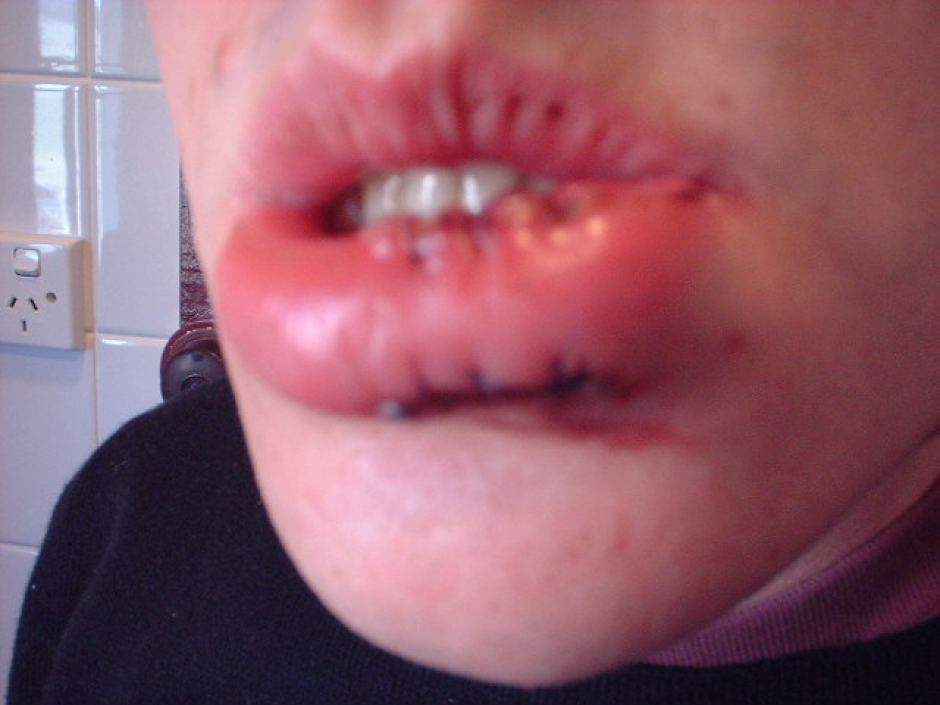Oxford Dictionaries cites the first documented use of the word “selfie” in a September 2002 forum post for the Australian Broadcasting Corporation.

User Hopey says:
Um, drunk at a mates 21st, I tripped ofer(sic) and landed lip first (with front teeth coming a very close second) on a set of steps. I had a hole about 1cm long right through my bottom lip. And sorry about the focus, it was a selfie. (Hopey)
While the blurry photo of a busted lip was likely not taken to “garner social rewards,” social media sites began using it as early as 2004, when the “selfie” tag started appearing on the photo-sharing site Flickr. With the massive increase in smartphone use, a front-facing camera and the development of the iPhone photo editing and sharing application Instagram, widespread media use of the term “selfie” began to rise in 2012, and searches for the term rose by an astounding 17,000 percent in 2013 (Burton).
Judy Pearsall, editorial director for Oxford Dictionaries, said in their Word of the Year selection report:
In early examples, the word was often spelled with a -y, but the -ie form is more common today and has become the accepted spelling. The use of the diminutive -ie suffix is notable, as it helps to turn an essentially narcissistic enterprise into something rather more endearing. Australian English has something of a penchant for -ie words – barbie for barbecue, firie for firefighter, tinnie for a can of beer – so this helps to support the evidence for selfie having originated in Australia. (Burton)
Selfies have since risen from social media to become a part of mainstream culture, with some of the world’s top figures – including U.S. President Barack Obama and Pope Francis – having selfies taken and posted to the Internet.
Called “masturbation of the self-image” (Marche) and concerning “vanity, narcissism and our obsession with beauty and body image” (Wortham), the popularity of the selfie has its roots in social media, where users are encouraged to post portraits of themselves for their profiles, and that image becomes part of a person’s online persona. As Losse describes:
Facebook became not just a social network but a means of proving one’s social reach. Posed group photographs, tagged pictures, and friend counts were signifiers of social net worth, and a sign of healthy participation in the digital world. As Facebook rose to prominence, so did its model of what it meant to interact online. (Losse)
In a piece written for the New York Times, actor James Franco describes selfies as “avatars: Mini-Me’s that we send out to give others a sense of who we are…In our age of social networking, the selfie is the new way to look someone right in the eye and say, ‘Hello, this is me.’”
The selfie is part of that commodification of your virtual worth, and becomes a literal face for your virtual identity, or “another way to polish public-facing images of who we are, or who we’d like to appear to be” (Wortham). To modify Marshall McLuhan’s famous phrase, “the self is the message and the selfie is the medium.” (Losse)
